What substrates are Ultra Sleeve Anchor mainly suitable for
2025-10-27The Ultra Sleeve Anchor, a representative of high-performance post-installed mechanical anchors, is widely used in building structures, mechanical and electrical equipment installations, and curtain wall projects. Its reliable performance depends not only on the anchor's own material and design, but more critically on the type and strength of the base material it anchors. Accurately identifying and evaluating the appropriate base material is a prerequisite for ensuring the anchor system meets design loads and structural safety regulations.
Core Application Base Material: High-Strength Concrete
Concrete is the primary base material for the Ultra Sleeve Anchor's design and testing. The anchor's expansion-locking mechanism relies on the concrete base material providing sufficient restraint and compressive strength.
1. Distinguishing Between Cracked and Uncracked Concrete
In professional anchor design, a strict distinction must be made between uncracked and cracked concrete.
Uncracked concrete refers to concrete in the anchor installation area where cracks due to tensile stress are not present or are not expected to occur. In this type of substrate, the Ultra Sleeve Anchor can fully utilize its tensile capacity and achieve the highest design load-bearing capacity.
Cracked Concrete: Cracks are caused by factors such as structural loads or shrinkage, which can affect the anchor's prestress and expansion force. In cracked concrete, the anchor must be able to maintain stable load-bearing capacity during crack opening and closing cycles. Only Ultra Sleeve Anchor models that have been third-party certified and clearly marked as suitable for cracked concrete are approved for use in this demanding substrate. This is a key requirement for compliance with international anchor codes such as ACI 318 or ETAG.
2. The Impact of Concrete Strength Grade
The compressive strength of concrete (e.g., C25, C40) directly determines the anchor's concrete cone failure load. The higher the concrete strength, the higher the anchor's ultimate load. Designers must calculate the anchor's allowable load based on actual field testing or the minimum strength grade specified in the design drawings.
Secondary but Important Substrate Application: Solid Structures
In addition to standard concrete, the Ultra Sleeve Anchor is also suitable for other high-density solid building substrates.
1. Solid Masonry
Solid masonry, including solid clay bricks, solid concrete bricks, or grout-filled masonry walls, is a key application for the Ultra Sleeve Anchor.
Anchoring Principle: In solid masonry, the anchor's expansion sleeve effectively and evenly distributes the anchoring force over a large area of solid brick or grout, creating a reliable friction lock and mechanical engagement.
Technical Requirements: When anchoring solid masonry, greater edge distances and spacing are generally required than in the concrete substrate to avoid localized cracking in the masonry structure.
2. Hard Natural Stone
Some hard, dense natural stone materials, such as granite or high-strength sandstone, have mechanical properties that approach or exceed those of low-strength concrete.
Application Prerequisites: Before applying the Ultra Sleeve Anchor, the natural stone substrate strength must be tested. The stone must be uniform and free of internal cracks and spalling risks. Due to the unpredictable internal structure of natural stone, a higher **safety factor** is typically used in the design.
Professional Restrictions and Inappropriate Substrates
To ensure the safety of the anchoring system, professional design must clearly define the restricted areas for the Ultra Sleeve Anchor.
1. Hollow Masonry Limitations
Hollow masonry or porous lightweight bricks are generally considered unsuitable substrates for the Ultra Sleeve Anchor.
Failure Mode: The standard Ultra Sleeve Anchor is a purely mechanical expansion type. In hollow or porous substrates, the significant radial pressure exerted by the expansion sleeve can cause localized crushing of the cavity wall or porous material, resulting in failure to establish anchoring force or rapid loss of anchoring force.
Alternative: In hollow structures, chemical anchors with filter sleeves or nylon anchors designed specifically for hollow structures should be used instead of relying on the standard Ultra Sleeve Anchor's mechanical expansion principle.
2. Lightweight Concrete and Asphalt Pavements
Lightweight concrete and asphalt pavements are not suitable for the Ultra Sleeve Anchor due to their lower density, strength, and poor compressive properties. In this case, the failure mode of the anchor bolt is usually pull-out failure of the base material, which is far lower than the strength of the anchor bolt steel itself.




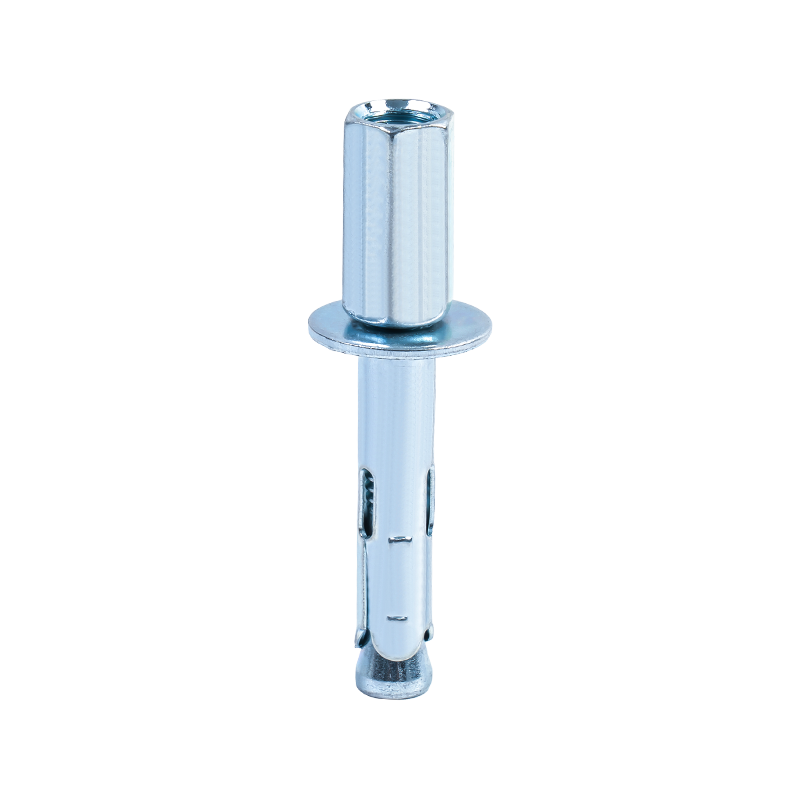
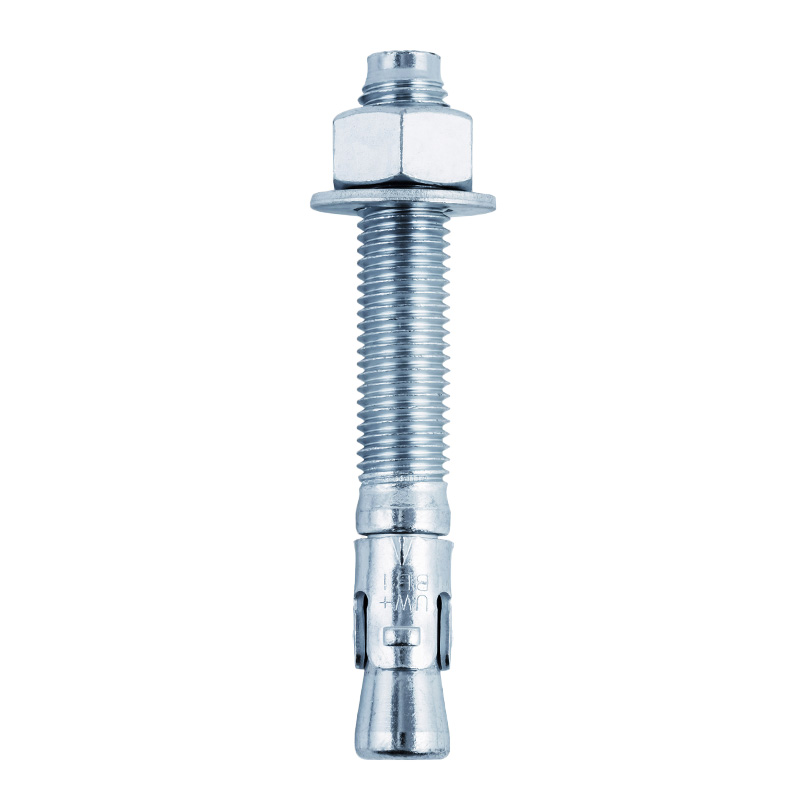
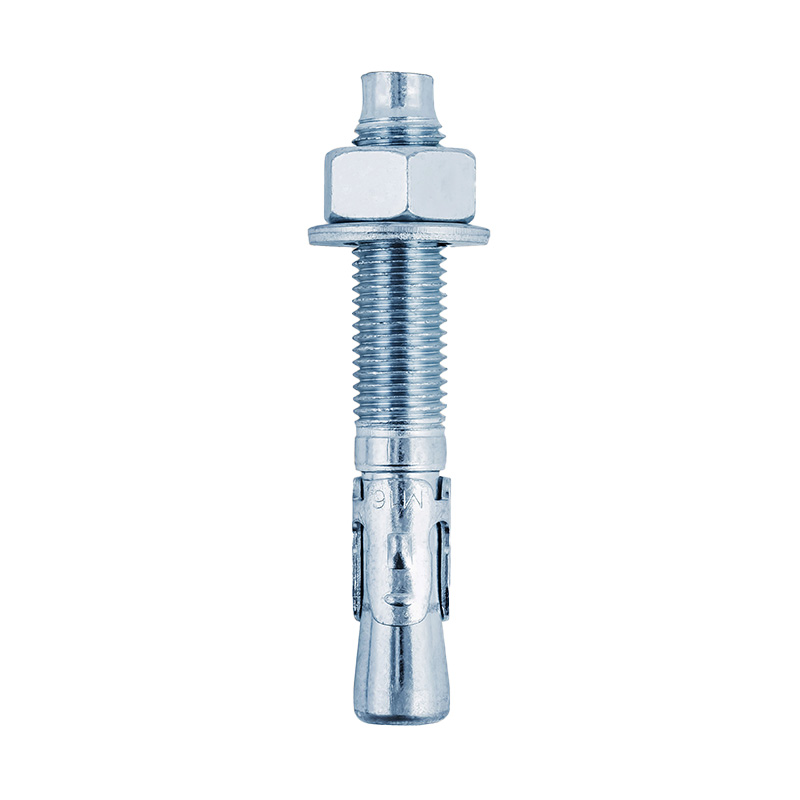
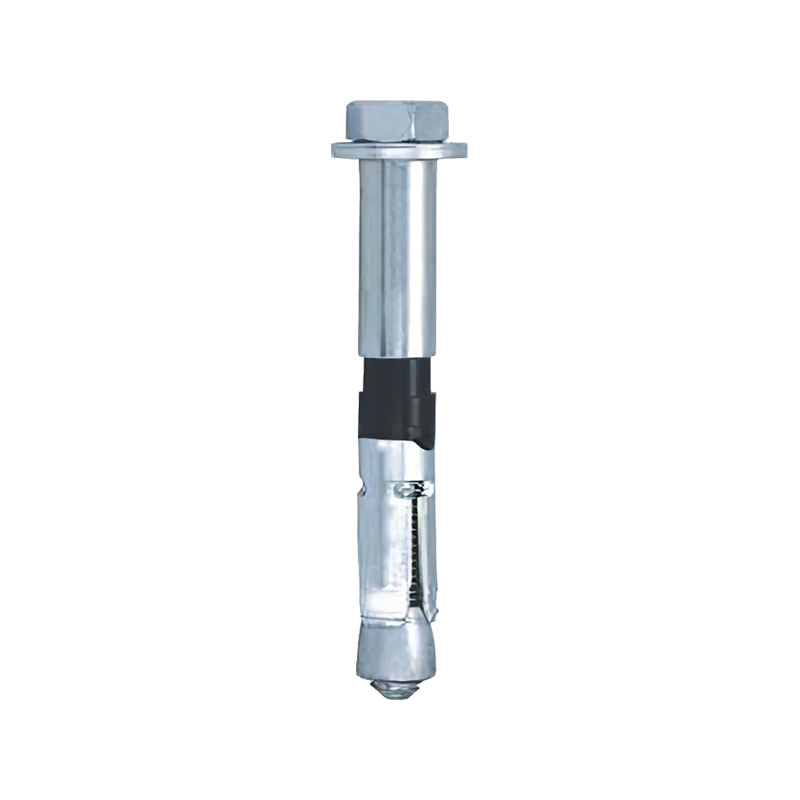
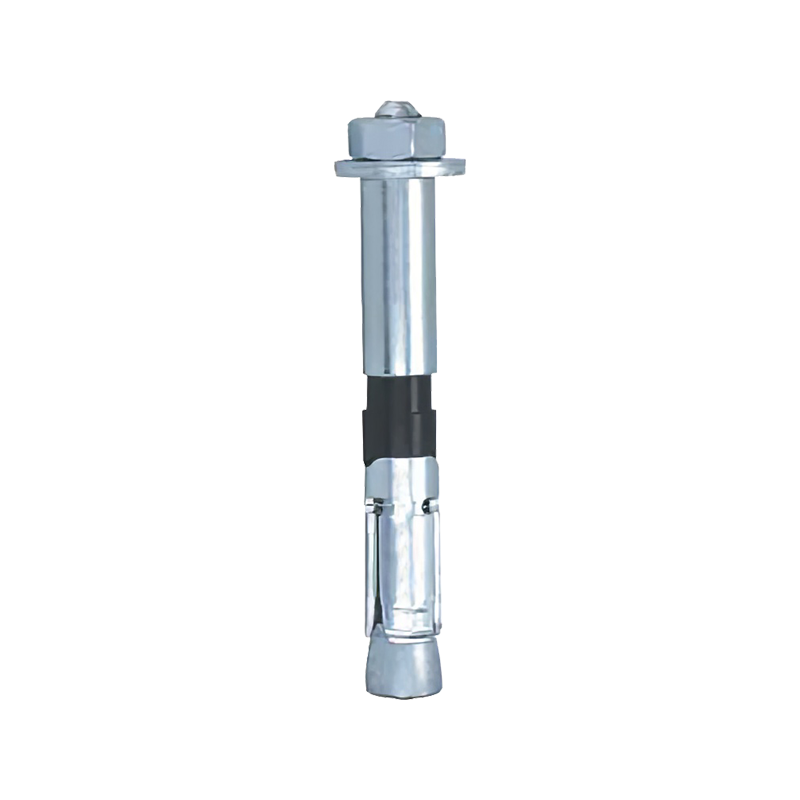
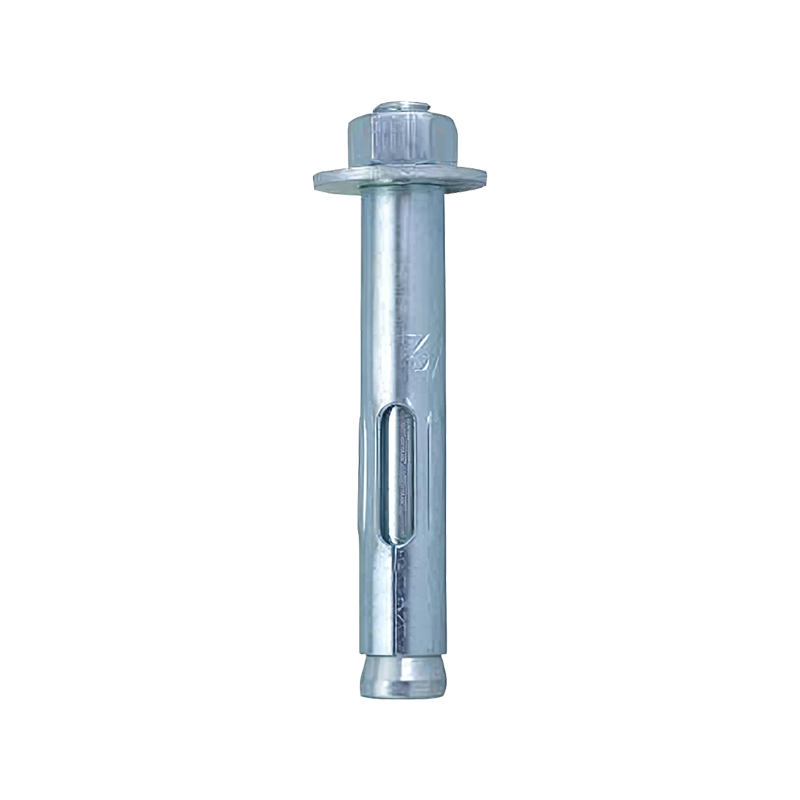
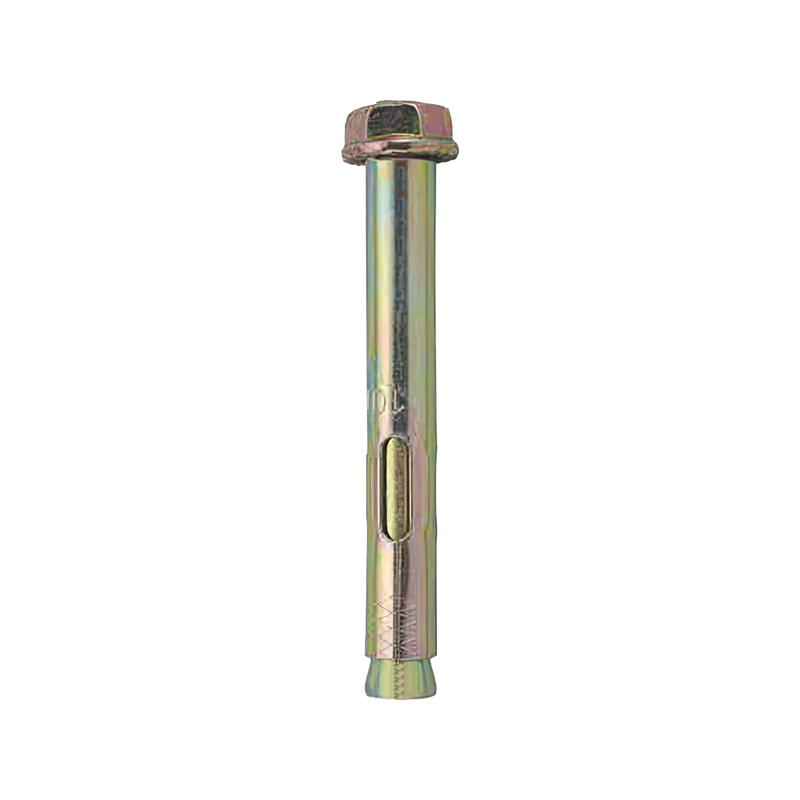

Contact Us